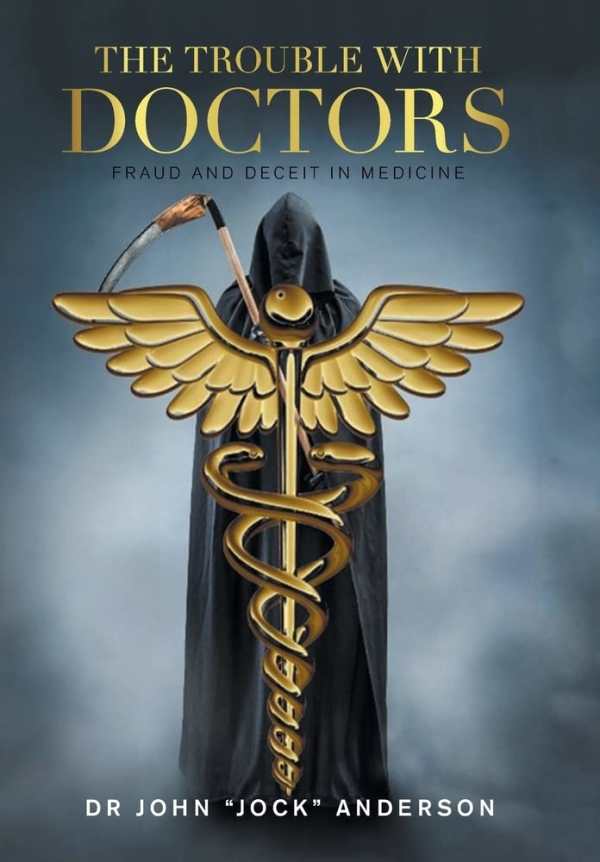
The Trouble with Doctors
Fraud and Deceit in Medicine
The Trouble with Doctors works to expose fraud and deceit in contemporary medical practices.
Decorated gynaecologist John Anderson’s medical exposé The Trouble with Doctors condemns medical practicioners who are motivated by greed and ego, as well as a flawed health care system that underprotects patients.
Drawing on medical journals, manuals, law case records, internet publications, newspaper reports, and personal observations, this book argues that trauma is inflicted on patients by malfeasant doctors, and by a health care system that allows unqualified people to become medical professionals—and then allows disgraced medical professionals to remain in their roles. It also explains medical and surgical procedures in fascinating terms, and holds intrest with its graphic descriptions of medical malpractice. Its case studies include instance of genital mutilation; “barbaric” birth procedures that resulted in the deaths of babies; bungled surgeries; a fertility specialist’s use, without the patients’ knowledge, of his own sperm to impregnate over fifty women; and the surgical removal of the wrong body parts.
Each chapter of the book is devoted to a thorough report of a particular doctor’s misbehaviors. They discuss the doctor’s background, the presenting problems of their focal patients, and the actions (or lack thereof) that led to complications, mutilation, or death. A sense that the systems involved work to protect doctors over patients is delivered with examples of jail sentences that were overturned and shortened, patient and staff complaints that were ignored and rationalized away, and disgraced doctors moving to hide their lack of credentials.
The book suggests a top-to-bottom lack of justice in dealing with patient complaints. And it intones that red flags are often missed among patients who are elderly, low on the socioeconomic scale, or otherwise marginalized. Juxtaposed to the book’s coverage of disgraced doctors is its lauding of whistleblowers; it makes a vehement argument for their protection.
The book builds from its case studies to issue practical suggestions for health care improvements, include devising and employing tests to detect doctors with character flaws like greed, and treating complaints with respect and adequate follow-up. In addition to those who can hold errant doctors responsible, it speaks to patients, urging them to do adequate research on their potential medical professionals before entrusting them with personal care. But there are occasional and distracting errors in punctuation, word usage, and spelling that undermine the book. Furthermore, it over indulges in italics to its detriment.
The Trouble with Doctors works to expose fraud and deceit in contemporary medical practices.
Reviewed by
Kristine Morris
Disclosure: This article is not an endorsement, but a review. The publisher of this book provided free copies of the book and paid a small fee to have their book reviewed by a professional reviewer. Foreword Reviews and Clarion Reviews make no guarantee that the publisher will receive a positive review. Foreword Magazine, Inc. is disclosing this in accordance with the Federal Trade Commission’s 16 CFR, Part 255.
